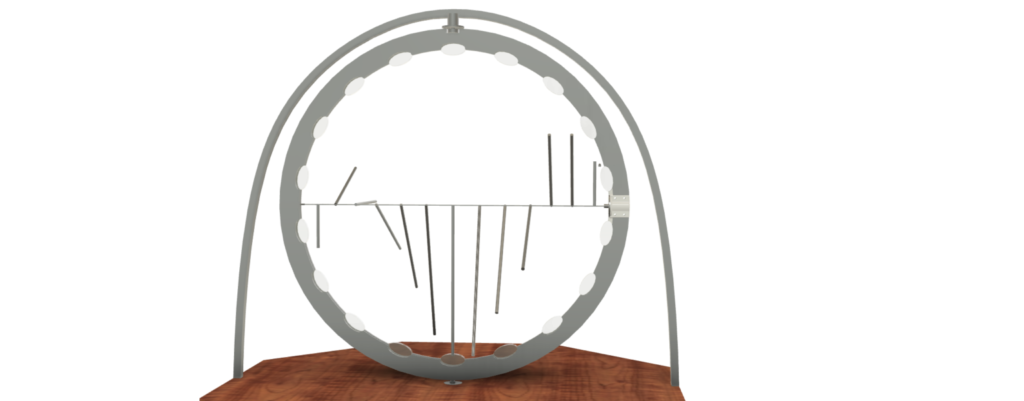Waterford researchers use art to teach technology
Tags:
Researchers at the CONNECT Centre in the Walton Institute at Waterford Institute of Technology (WIT) have teamed up with artist Ed Devane to introduce primary school children to the fascinating world of quantum communications.
“Rotation Relay”, a specially created piece of educational art, was unveiled for primary school students last week at a national online event organised by Science Foundation Ireland (SFI). SFI hopes that by engaging with the artwork, primary school students will be inspired to learn more about technology research.
Members of the public will have the opportunity to hear more about the project during a virtual exhibition on Thursday, 20 May 2021, hosted online by SFI. An ISL Interpreter will be present for the duration of the event. The public virtual exhibition will run for the next three months.
Artist Ed Devane was chosen to design the item following a competitive selection process in 2020. Since then, he has worked closely with researchers at the CONNECT Centre in the Walton Institute to find ways of illustrating aspects of quantum communications.

A sound artist and instrument designer based in Donegal, Ed Devane’s work explores interactive and collaborative experiences through the media of sound and motion, where the public are invited to become active participants rather than passive viewers. “The main goal of the project is to make what can initially seem to be very complex research accessible and understandable on an intuitive level to children of primary school age”, explains Ed.
“I’ve worked with this age group a lot over the years so I aimed to make something that combined movement, light, sound and lasers in a way that might be appealing. The team at CONNECT in the Walton Institute were able to explain their research in a very high-level way, which I interpreted through my abilities as an artist working with technology and sound.”
Ed worked with Jerry Horgan and Deirdre Kilbane, researchers in quantum communications at the Walton Institute.
“Quantum communication is still a relatively new field of research,” explains Jerry. “We are still exploring where this technology will be used. My colleague, Dr Deirdre Kilbane, and I have been focusing on how it could be used in space. It would involve small satellites – about the size of a Pringles can – which would be in low-earth orbit. This is where the International Space Station is, approximately 500km up, which is relatively low considering most geostationary satellites are at 35,000km. It is useful because it provides a really secure way of communicating. This is because of two quantum properties called entanglement and teleportation. The artwork created by Ed helps to explain these.”
The project is funded under SFI’s Discover Primary Science and Maths programme, and in part by The Arts Council.




